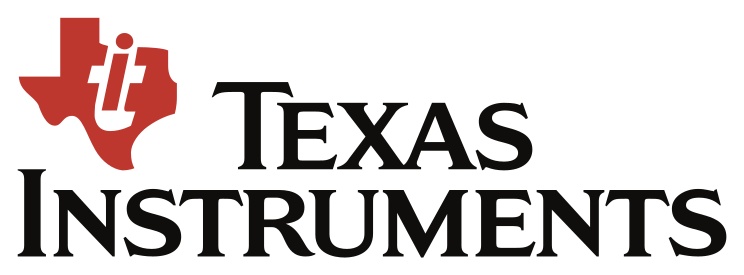
Texas Instruments
Texas Instruments, commonly known as TI, is a global semiconductor company renowned for its broad portfolio of analog and embedded processing products. With a focus on empowering innovation, TI's semiconductor technologies enable a wide array of applications across industrial, automotive, consumer electronics, and communications sectors. The company's product offerings encompass analog integrated circuits, digital signal processors, microcontrollers, and power management solutions, catering to diverse industry needs. TI's dedication to quality and reliability is evident in its comprehensive testing and validation processes, ensuring that its products meet stringent industry standards. Furthermore, TI actively collaborates with customers to provide technical support, fostering strong partnerships and driving technological advancements. With a global presence and a legacy of over 90 years, Texas Instruments remains at the forefront of semiconductor innovation, delivering solutions that contribute to the advancement of technology and the improvement of everyday life.
DIACs, SIDACs
No data |
